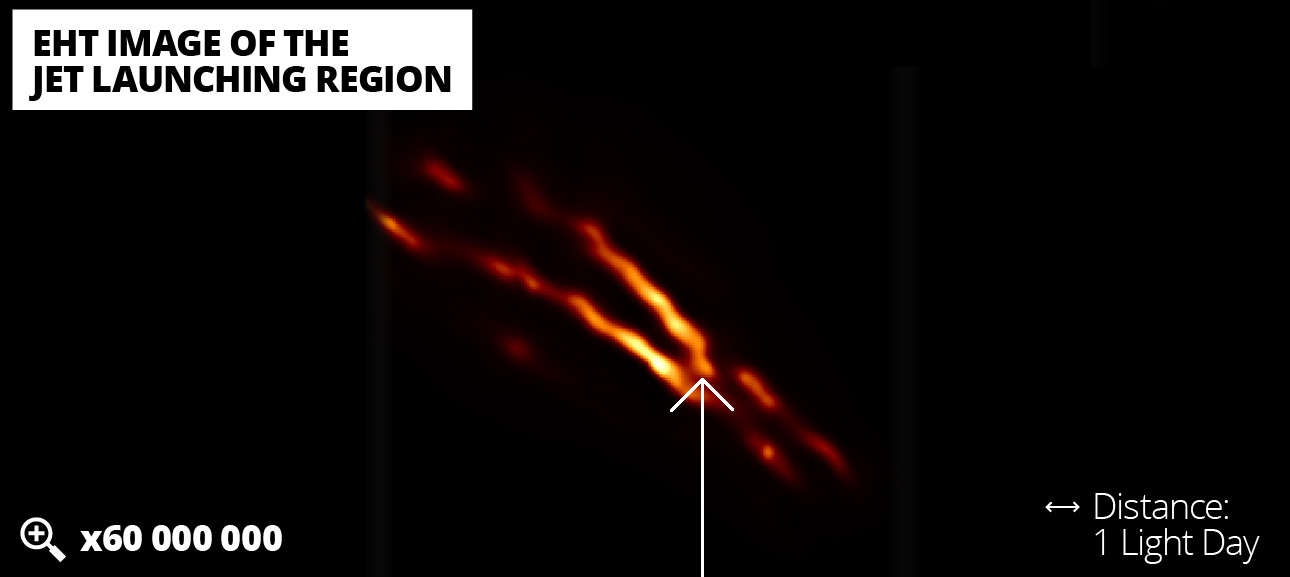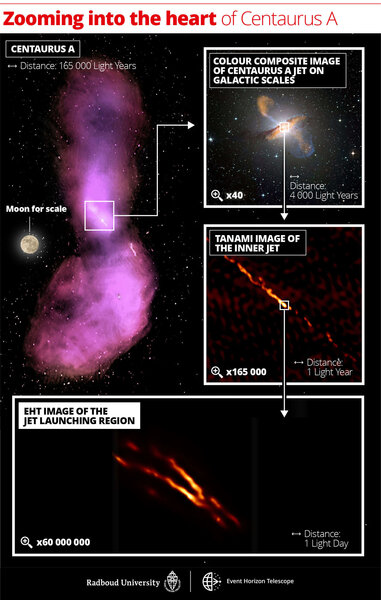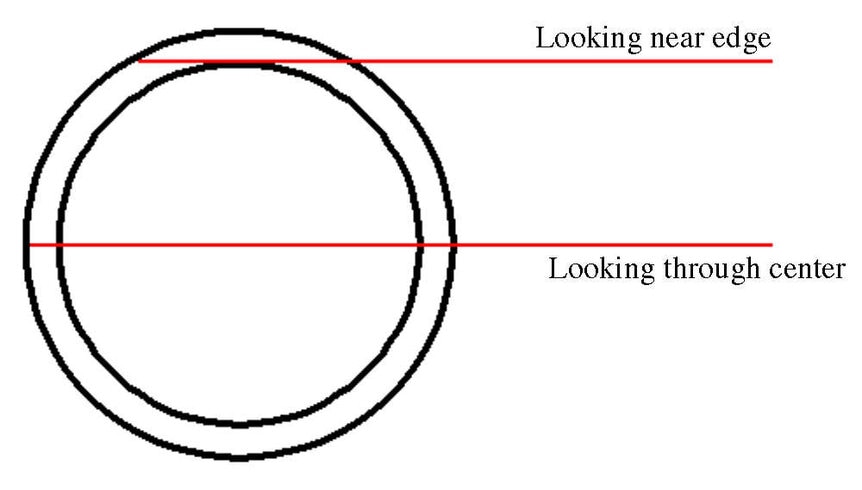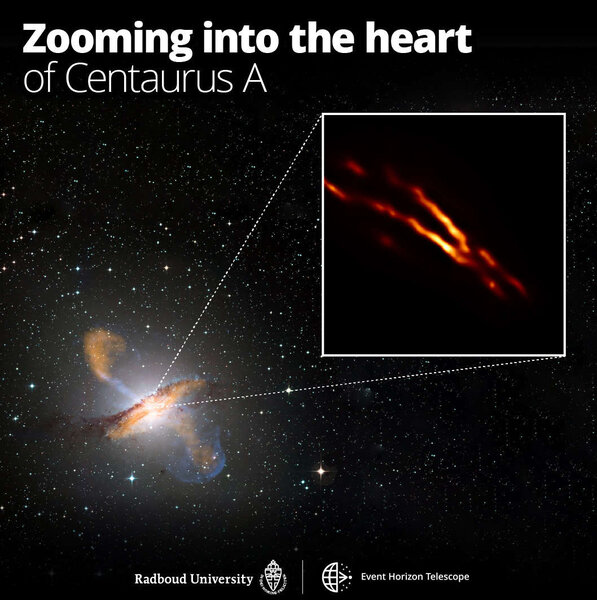Create a free profile to get unlimited access to exclusive videos, sweepstakes, and more!
A deep look at a nearby galaxy’s black hole reveals the launching point of intergalactic jets

The amazing Event Horizon Telescope has done it again: It has taken extraordinarily high-resolution images of the nearby galaxy Centaurus A, revealing twin beams of material shooting away from the supermassive black hole in its heart at a significant fraction of the speed of light.
The Event Horizon Telescope is actually many different telescopes around the world that can observe an object simultaneously, then have their data combined in a way that gives them the resolving power of a telescope essentially the size of the Earth. That gives it incredibly keen eyesight, the equivalent to being able to see a dime sitting on the surface of the Moon. The telescope has previously shown us the shadow of a supermassive black hole in the galaxy M87, the magnetic field of the material swirling around it, and also a jet blasting out from a distant blazar.
Centaurus A is an elliptical galaxy a little over 12 million light years away. That’s pretty close to us on a galactic scale. It’s also the nearest active galaxy to us, one where the supermassive black hole in its center is actively gobbling down matter and blasting out radiation.
Matter doesn’t just fall into a black hole and — bloop! — disappear. It collects in a disk around the black hole, like water swirling around a drain in a bathtub. Friction in that accretion disk heats the material up to millions of degrees, and it glows fiercely, emitting light from radio waves up to gamma rays. That makes the center of the galaxy very luminous, though in the case of Centaurus A a thick band of dust around the galaxy’s middle blocks much of that radiation.
In many such galaxies a magnetic field gets wrapped up in the disk, creating two vortices like cosmic tornadoes that can drag material up and away from the disk, accelerating it to extremely high speeds, and launching it into space. In Centaurus A these beams, called jets by astronomers, are moving at speeds up to 40% the speed of light. They’re so powerful they leave the galaxy entirely, extending for hundreds of thousands of light years.
The physics of how these beams are focused and shot away is not well understood, which is why astronomers are very eager to see the centers of such galaxies in great detail. And that’s what the Event Horizon Telescope provides.
The two jets can be seen… though they look like four jets. That’s a mirage of sorts. The beams are actually cones, and they’re edge-brightened: When we look at the middle of a jet we’re not looking through as much material as when we look toward the edge, so it appears dimmer. It’s much like looking at a soap bubble and seeing it as a thin circle around the edge. This is a very common effect in astronomical objects that are hollow in the center.
The jet on the left is pointed more or less toward us and the one on the right is pointed away. The one pointed toward us looks brighter due to an effect called relativistic beaming. It’s complicated but when something is moving near the speed of light the light it emits tends to be beamed in the direction it’s moving. The jet aimed at us has its light sent more toward us so it looks brighter, and the one aimed away has its light focused in a direction away from us, so it looks fainter.
Careful examination of the jets’ geometry indicates the location of the otherwise invisible central supermassive black hole in Centaurus A, which is needed to understand how it launches the jets. One conclusion astronomers have drawn from this is that the jets in Centaurus A look very much like the ones seen in the huge elliptical galaxy M87, the telescope’s previous target.
Black holes of all sizes can launch jets — from ones a few times the Sun’s mass up to behemoths with billions of solar masses — and some jet properties scale with the black hole mass. The black hole in Centaurus A is about 55 million times the mass of the Sun, right in the middle of that range, and the jets appear to follow that same rule. That’s an important clue to how all this works.
These images are a huge jump in resolution, 16 times better than any taken before. But even higher-resolution ones are still possible, zooming right in on the black hole and possibly revealing its shadow, like Event Horizon Telescope did with M87. That will help astronomers learn much more, like how powerful the magnetic fields are near the black hole, what happens right at the base of the jet where its being accelerated, how much gas surrounds the black hole (both in the disk and just in the volume around it).
Still, these images see features as small as 15 billion km across, less than twice the size of Neptune’s orbit! Mind you, Centaurus A is 120 million trillion kilometers from us, so that’s incredible.
I’ll note that all this data was obtained in only about 105 minutes of observing the center of the galaxy. It’s an astonishing achievement, and shows there’s still much more to come. Many astronomers are hoping we’ll get observations of the supermassive black hole in our own galaxy soon.
That’s actually hard to do for various reasons (for example, the material moves rapidly and the brightness changes on short time scales, making these observations difficult) but every time I see new images like these, it makes me even more eager to see our own local monster. Hopefully soon!






























